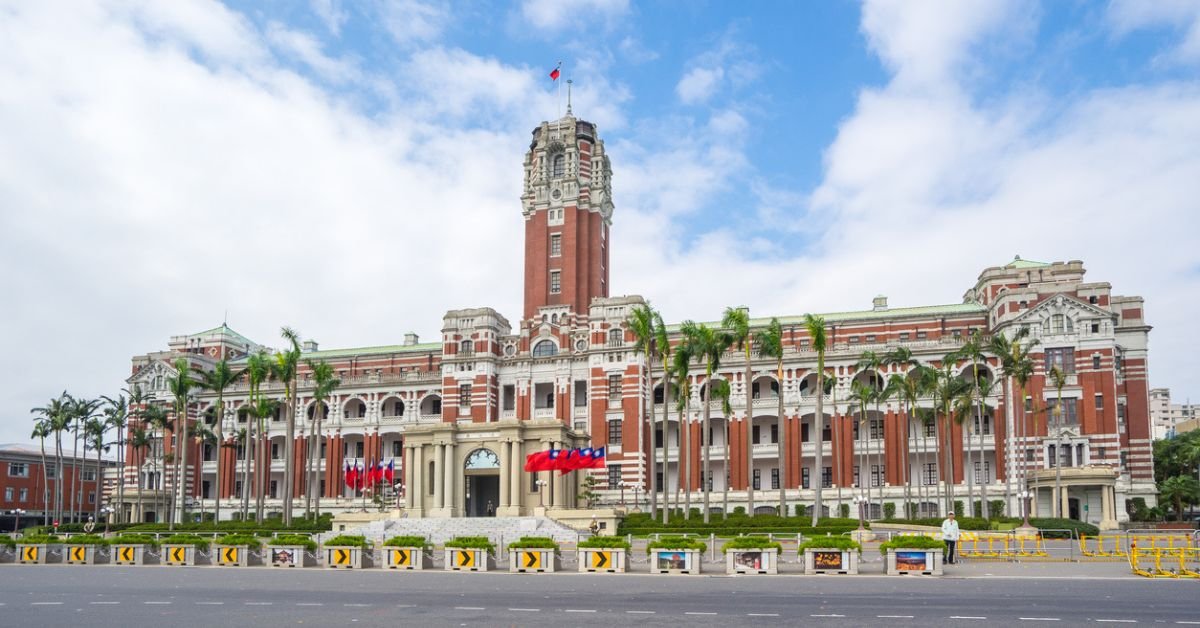Who will win the Taiwanese Presidential Election in 2024?
11 December 2023
The Taiwanese Presidential Election is set to be held on 13 January 2024 with three presidential candidates who have been nominated by the major parties. Given the different perspectives on cross-strait relations, this election will be an important one for the region as it will affect future maritime security in the Taiwan Strait.
By Katie Zeng Xiaojun, Analyst
The political landscape in Taiwan is primarily characterised by a division between two major parties: the Democratic Progressive Party (DPP) and the Kuomintang (KMT). The DPP generally leans towards advocating for Taiwanese autonomy, promoting Taiwanese identity, and maintaining a sceptical stance towards China. On the other hand, the KMT supports closer economic and cultural ties with China and aligns itself more broadly with a Chinese identity. However, in this presidential race, there is a third party known as the Taiwan People's Party (TPP), which presents as an alternative to the DPP and KMT. The TPP is a relatively new political party in Taiwan. It was founded in 2019 by Ko Wen-je, who was the mayor of Taipei at the time and is known for his independent and centrist political stance.
This year DPP presidential candidate, William Lai Ching-te, Taiwan’s Vice President, has echoed current President Tsai Ing-wen’s stance that Taiwan is already a sovereign, independent country called the Republic of China. He reiterated that China and Taiwan are not subordinate to one another and he pledged to promote cross-strait exchanges and cooperation and, at the same time, maintain the status quo in the Taiwan Strait.
The KMT presidential candidate, New Taipei Mayor Hou Yu-ih, has endorsed former president Ma Ying-jeou’s cross-strait policy approach, stating that the close cross-strait economic and political engagement is helpful to the return of cross-strait stability. His endorsement also signals continuity in the KMT’s cross-strait policy. Hou has also been promoting cross-strait dialogue and engagement.
The TPP presidential candidate, Ko Wen-je, said he would make “deterrence and communication” the foundation of his cross-strait policy. As it is unlikely that Taiwan and China can engage in talks on political issues at the current stage, he proposed to resume cross-strait talks involving the controversial Cross-Strait Service Trade Agreement (CSSTA), which labelled him as a pro-China candidate. He subsequently retracted his statement after receiving criticisms.
In the latest poll, DPP William Lai is still the election frontrunner although his lead has fallen below 30 per cent for the first time in seven months. He is followed by KMT’s Hou and TPP’s Ko. Both the KMT and TPP initially planned to contest as a team. As both leaders were unable to agree on their views, they ended up registering for the election separately. Terry Gou, the Foxconn founder, withdrew from the race to be Taiwan’s next president, effectively making this a three-way race.
It was reported that the gap between DPP William Lao and KMT Hou is at a fraction of a percentage point. As no party has ever won three consecutive presidential elections in Taiwan, there is little reason to think DPP William Lai will be the one to break the trend. Recent polls also indicated that the public is unhappy with the current state and favours a change in government after eight years of DPP rule. As the election draws near, mounting economic instability together with a string of DPP official-related sexual harassment incidents will probably serve to further set this opinion.
But despite the polls, the outcome remains unclear. Given the different perspectives on cross-strait relations, this election will be an important one for the region as it will affect future maritime security in the Taiwan Strait.
RISK ASSESSMENT REPORTS:
There are several Risk Intelligence reports that can help you assess the risk of a specific route, or provide further background for decision-making in the form of a threat assessment
Risk Intelligence’s risk assessment reports feature in-depth analyses of current or forecasted threats for specific client operations - a region or a route - and serve as a foundation for decision-making.

